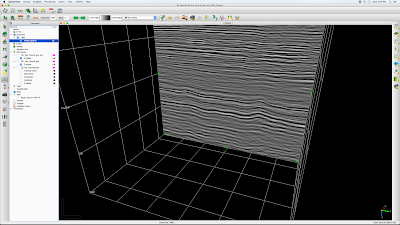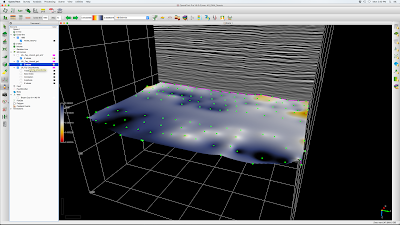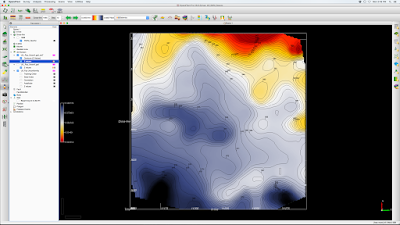Your MS thesis should be built around a research hypothesis or, equivalently, a research question. Once your hypothesis is set, through discussion with your advisor, then it puts a fence around all thesis work and writing. Your hypothesis should be front and center in the thesis proposal. Anything that goes toward proving or disproving your hypothesis should be in the thesis.
A PhD student will have a main hypothesis for the dissertation and three minor hypotheses, one each for the three peer-reviewed publications expected to come from the PhD work.
Example hypotheses:
Lance Ababa (PhD)
Paleokarst
is an important controlling factor in carbonate hydrocarbon reservoirs
worldwide.
Bryan
Bottoms
Geochemical
and isotope analysis can demonstrate that Pb-Zn mineralization in the Tri State
Mining District and in Northern Arkansas is sourced from the Chattanooga Shale.
John Gist
Understanding
of the origin of tripolitic chert in the Mississippian Boone formation can be
improved by mapping its spatial and stratigraphic distribution.
Ryan
Keeling
Modern
3D seismic data can image internal stratigraphy and probable porosity zones in
the Arbuckle formation of Osage Co., OK.
Thomas
Liner
The
subsurface distribution of tripolitic chert can be correlated to natural gas
production from the Mississippian Boone Formation in NW Arkansas.
Daniel
Moser
3D
Seismic interpretation of lower Mississippian formations in NE Conway Co., AR
show evidence of paleokarst topography.
Matthew
Ruggeri
Near
surface seismic methods can extend geological information at the Mississippian
Boone Pedro outcrop in Washington Co., AR.
Joshua
Stokes
It is possible to estimate hydrocarbon reservoir
potential of Morrowan carbonate (?) channels through integrated interpretation
of 3D seismic data, subsurface geology, production and completion techniques in
Kearny and Finney Counties, KS.
The research hypothesis can be converted to a research question with just a minor change of wording:
Lance Ababa (PhD)
Is paleokarst an important controlling factor in carbonate hydrocarbon reservoirs worldwide?





